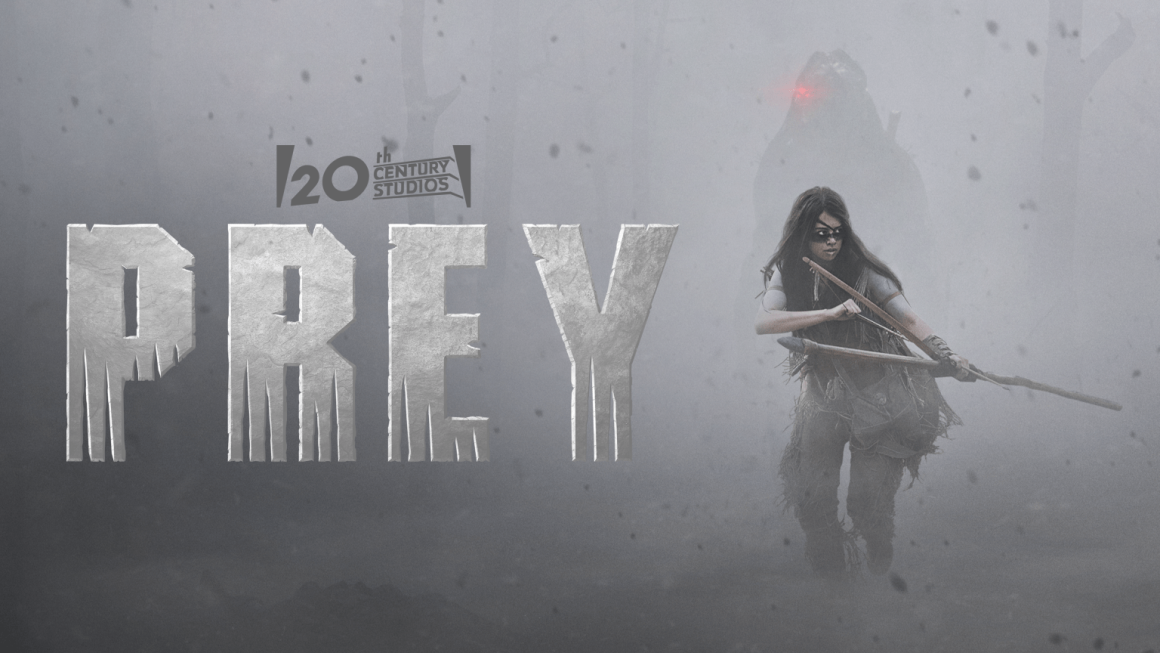The original Predator was one of the best action films of the 1980s and is still highly regarded by many fans. However, the sequels did not live up to the same expectations. Predator 2 was a bit of a disappointment after Arnold Schwarzenegger’s original, and subsequent films could not match the power of the testosterone hit that started it all.
Prey, the prequel film to Predator, went straight to streaming instead of theaters. Some may see this as a sign that the film is not good enough for theaters, but that is not necessarily true. Prey is generally decent and better than some of the sequels that followed the original 1987 Predator film.
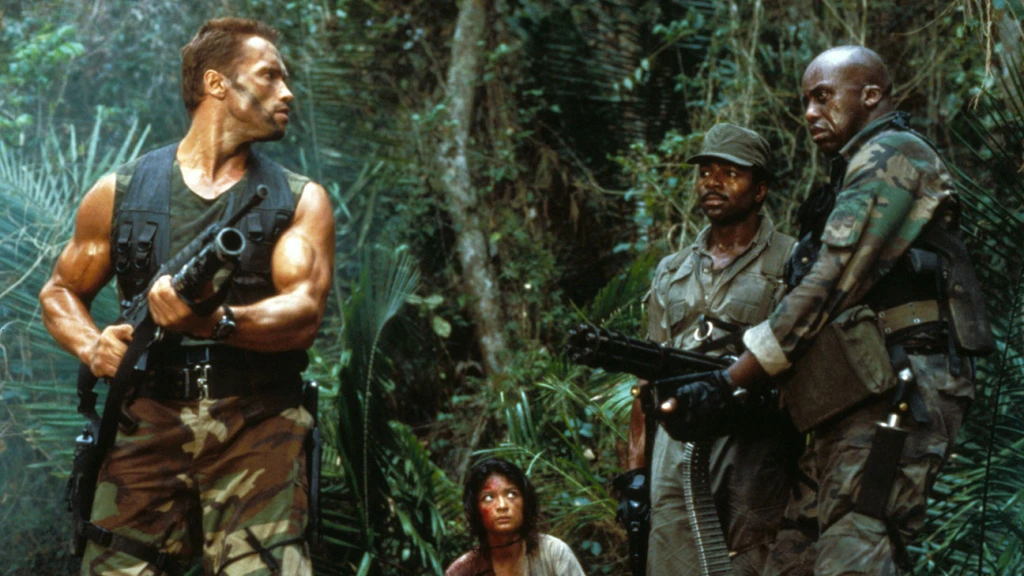
The film Prey is set in the 1700s, long before Arnold Schwarzenegger’s military rescue team encountered technologically advanced aliens. In this story, Comanche tribeswoman Naru (Amber Midthunder) is tasked with fighting the alien invaders, although her chances of survival are even slimmer than those of the military unit in the original film. Indeed, the members of that group were much stronger than them, both in terms of weapons and muscle.
Fortunately, Naru is a skilled warrior, and she proves that to her male counterparts by being smarter and more skilled than them when facing a new threat. The tribe begins to dwindle in size as the Predator ruthlessly exterminates everyone until only Naru and her loyal dog Sarii remain to solve the problem.
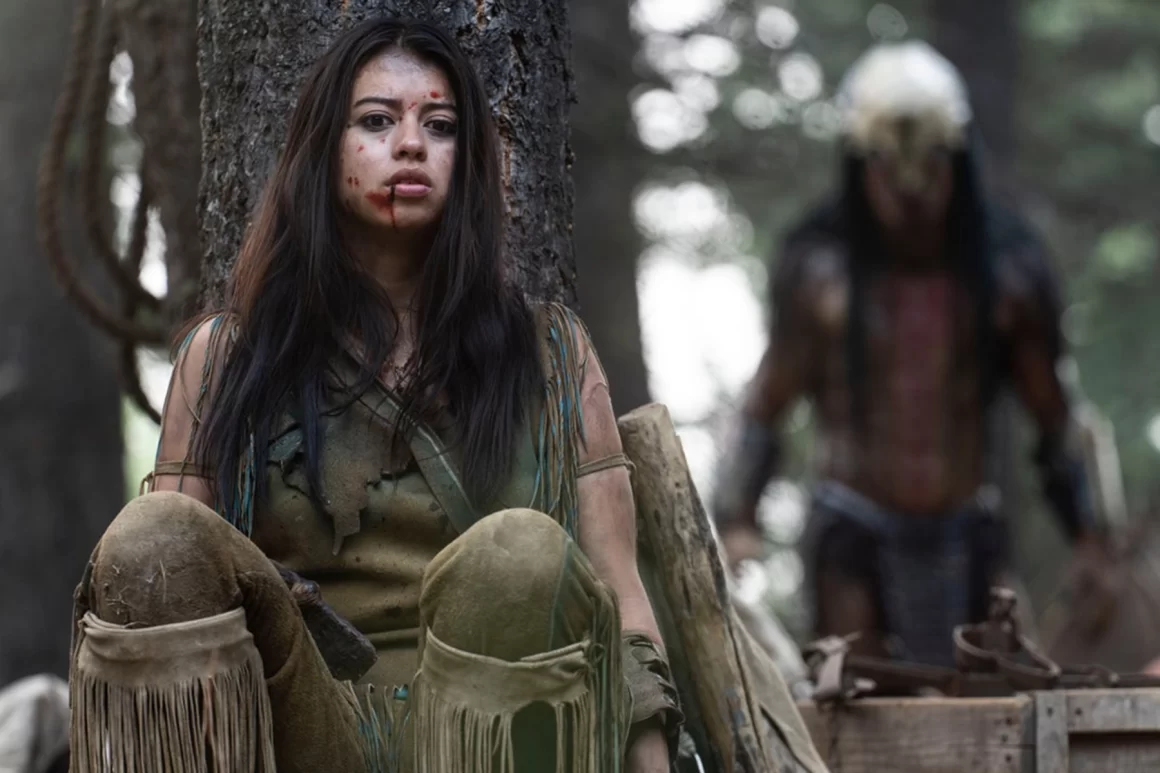
In the first part of the film, there is little action between humans and Predators. We are introduced to Naru and the male-dominated hierarchy of her society, as well as her struggle to prove her worth outside the domestic service. It takes a while for the Predator to take on human enemies after he appears on stage, as bears, wolves and other wild animals are the first species to come into contact with his alien abilities.
Despite not actually fighting, these first scenes are vital to the plot as they show both Naru’s dire situation and the Predator’s quest for world domination. We learn more about Naru and her fight for equality (a fight that never really went away), as well as more about the Predator’s strengths when hunting his prey out of pleasure rather than necessity.
When the natives go up against the superior being, who is and acts very different from anything they have encountered before, they are at a strong disadvantage. They are underpowered by this unknown enemy and this partly causes their downfall. Despite the strength of this enemy, they refuse to give up, causing the final battle between alien and human to erupt in all its brutality and ferocity.
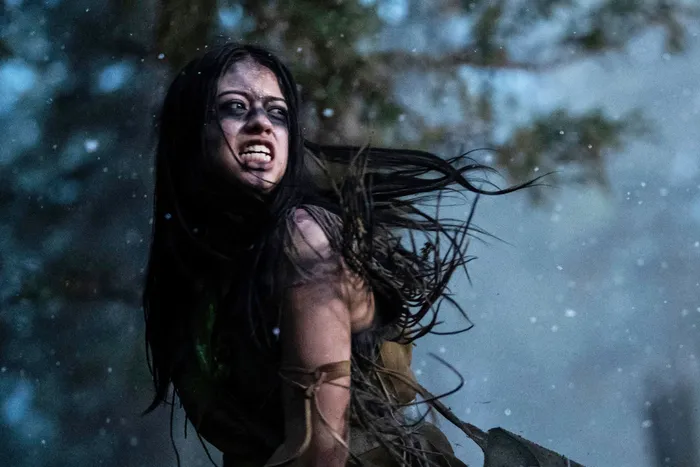
Director Dan Trachtenburg does a good job with the action scenes; they are suspenseful without the need for slow-mo or other devices that directors often use. The battles are also fast and well organized, even though in most cases it is easy to tell who is going to win, as it becomes clear as quickly as possible that rushing to attack is not the right answer.
Naru recognizes this, and like any good hunter would, she begins to spend more time observing the Predator and its activities before formulating a strategy. Naru’s decision to take her time and study the Predator’s flaws before going on the offensive is welcome in the current climate of superhero movies and rip-offs in which heroes spend more time clawing for victory than thinking.
Unfortunately, the length of the film is too limited, which is not a problem if there were more encounters between the tribe and the Predator. Because much of the film is devoted to portraying Naru’s tribe and their interactions with the environment around them, there is not enough time for the alien confrontations you ultimately hope for. If the running time had been extended by about half an hour, the film would have been better balanced.
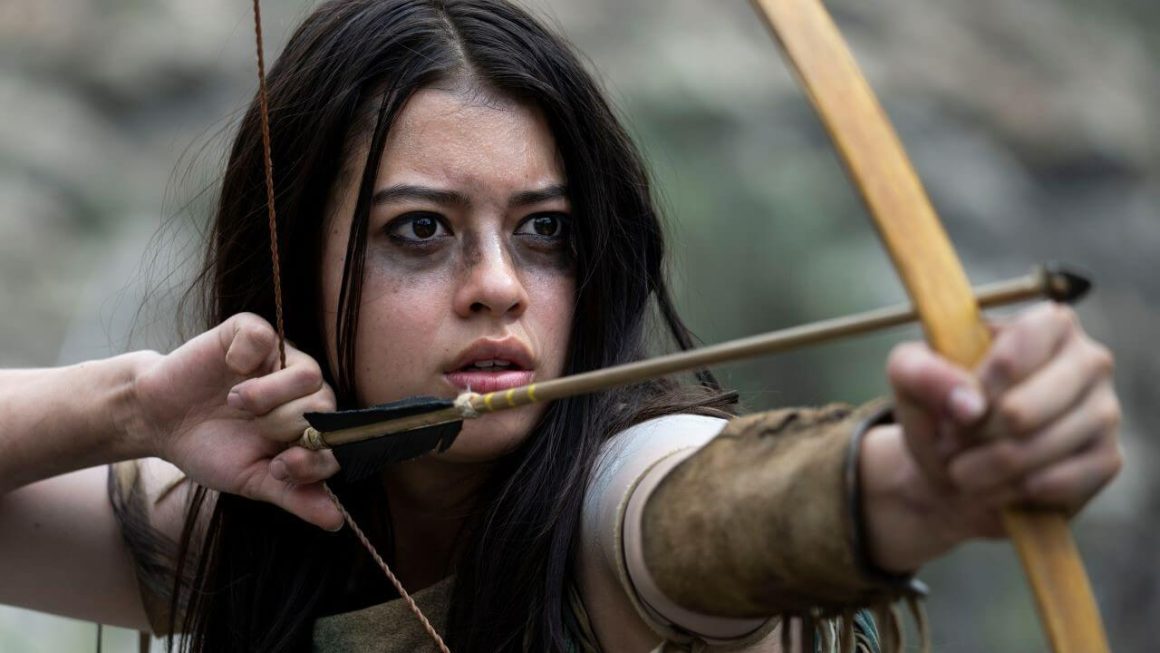
With this “criticism” it remains as far as we are concerned, and Prey remains a great film. Our alien “friend’s” ability to stalk and remain undetected makes him as intimidating and terrifying today as when the film first came out. Naru’s story of not only saving her tribe but also proving her worthiness is interesting and captivating. Watching the Predator take on his various opponents in bloody battles remains brutal, heartbreaking and captivating at the same time.
So, while this may not be the film you expected, it is much smarter and more thought-provoking than its predecessors. And since the end credits point to a further confrontation between Naru and the Predator race, a subsequent film could provide extra-long fight scenes that are sometimes lacking in Prey.
Fingers crossed!
